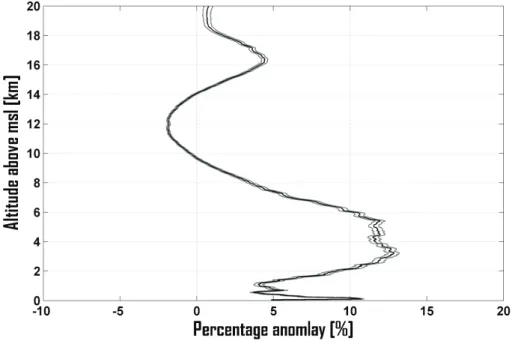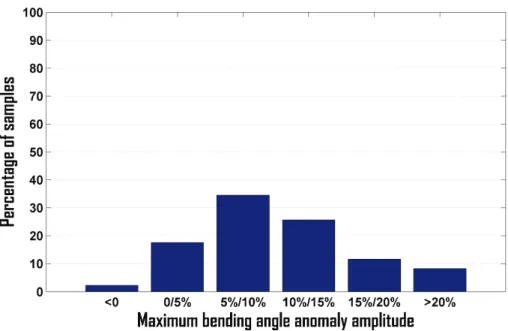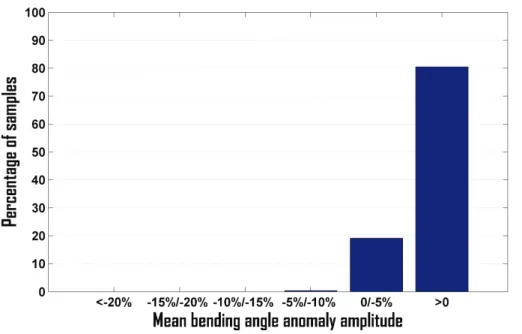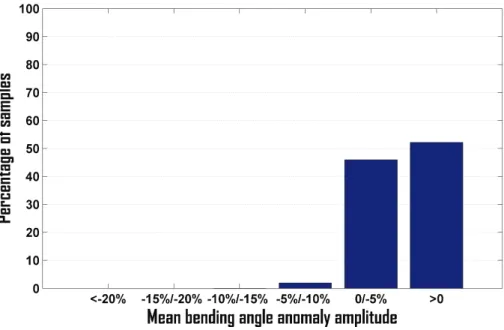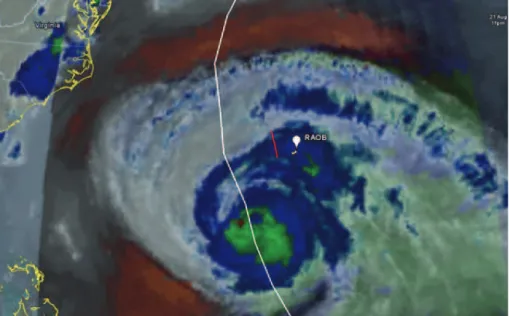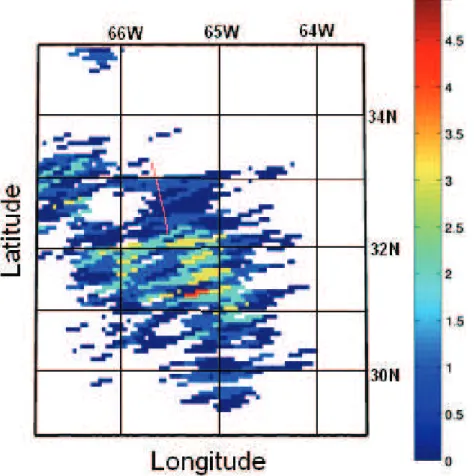Radio occultation bending angle anomalies during tropical cyclones
Texto
Imagem
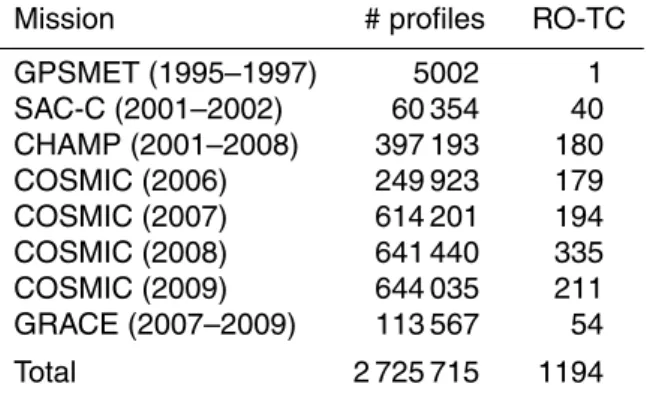
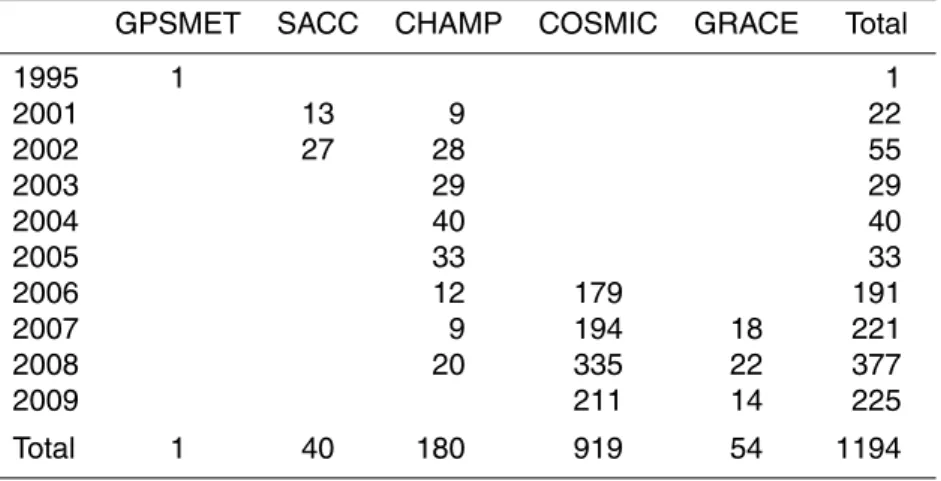
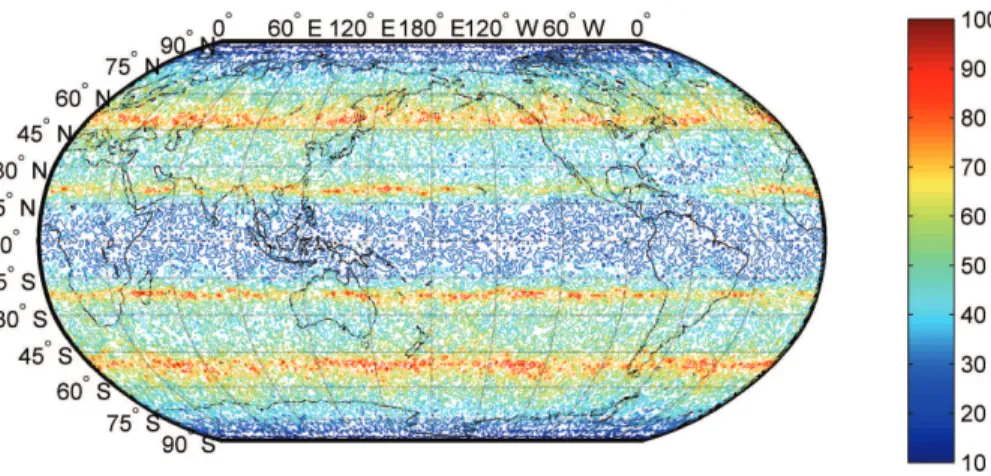
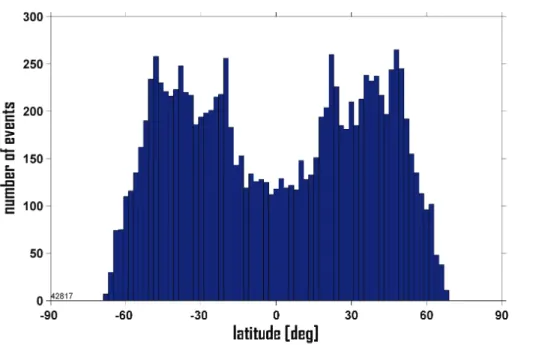
Documentos relacionados
Propulsive jets are applied at the apogee of the transfer orbit in order to keep the perigee altitude and control the rate of heat transfer suffered by the vehicle during atmospheric
En concreto se pretende comparar la enseñanza de estos conceptos entre los manuales de Conocimiento del Medio de la LOE con los nuevos manuales de Ciencias Sociales de tercer curso
We identify solar cycle signals in 155 years of global sea level pressure (SLP) and sea surface temperature (SST) data using a multiple linear regression approach.. In SLP we find
Global UCAR (left panels) and WEGC (right panels) error estimates for optimized bending angle, refractivity, dry pressure, dry geopotential height, and dry temperature in July
Electron density along an occultation raypath for the storm day, GAIM model case, assuming a spacecraft at COSMIC altitude of 780 km... Residual bending angle after the
The process starts with the initial guess on a water vapor profile combined with a fixed atmospheric model (pressure, temperature, and VMRs of atmospheric gases retrieved from
ure 7 shows the time series of water vapor profile derived from MLS, tropopause level from sounder temperature profiles, and the altitude of daily mean maximum aerosol extinction
Systematic errors from MSIS a priori information used at high altitudes (below 70 km) are assumed to be small due to the way MSIS was used (finding a bending angle profile that fits
